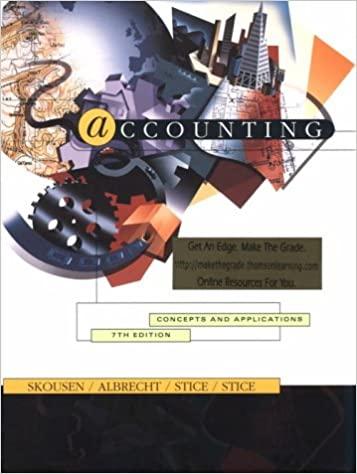Answered step by step
Verified Expert Solution
Question
1 Approved Answer
8. Provide your own example why interest rates reflect opportunity cost. For number 8, here is an example of interest rates reflecting opportunity costs. 9.
8. Provide your own example why interest rates reflect opportunity cost. 

For number 8, here is an example of interest rates reflecting opportunity costs. 
9. why? 10. Martha plans to graduate as a nurse next year and has begun planning her future with her financial planner. She forecasts her annual income to be $50,000 a year for the next 20 years, and plans to spend approximately $38,000 annually. After working hard during those years and completing her to earn $90,000 a year in her managerial role. The financial planner informs her that the real risk-free MBA, she plans to significantly increase her annual income in the subsequent 20 years. She expects interest rate over the next forty years is expected to be 5% annually. Use the lifetime budget constraint to determine her maximum annual expenditures beginning in twenty years? How is the answer in part a) impacted if the interest rate is 10%? b. How does your answer change if she reduces her spending in the first twenty years to $30,000? d. What is the opportunity cost of the annual $8,000 of additional expenditures in part a)? C Principle # 1. Interest rates reflect opportunity costs Lifetime consumption (spending) streams are represented by C and C, where C and C, are current and now and in the future, is based on the real interest rate. An individual's lifetime income streams are A simple two-generational model will illustrate that an individual's choice on the quantity of consumption depicted as y, and y, where y, represents income in the present time, and y, represents future income future consumption (spending), respectively. Lastly, r is the real risk-free interest rate. An individual in the future. Unless r has a value of zero, this means that the future value will always be greater than can save at the real risk-free interest rate and earn a risk-free return to improve his expenditure position + =C+ 1+1 1+r present. The individual's lifetime budget constraint is written as: Equation 1-1. yi This expression is to be interpreted as: present value of lifetime income = present value of lifetime consumption We solve this expression for present consumption or expenditure: yr. Simplifying the right-hand side of the equation, 0,= y, + 1+1+1 y, -0. + 1+1 we get c = Y, This equation states that current spending (consumption) is equal to present income plus the present of today's income plus the present value of future income. If the individual chose to spend nothing now, then they can spend, in addition to what they earn in the future, all that they save now. Note that an individual can spend more than they currently earn in income, but that will require that they borrow from future income. Most importantly, notice that the coefficient of c, is 1 Holding future income constant, an increase in future consumption decreases current consumption by a factor of -1. The opportunity cost of consumption Ace-1 The marginal effect on the 1+1 AC 1+1 opportunity cost is positive This indicates that the real risk-free interest rate of interest positively affects the opportunity of consumption. When interest rates rise, so does the opportunity cost. 1+1 Ac 4 AC 3 > AT (1+r) 
Step by Step Solution
There are 3 Steps involved in it
Step: 1

Get Instant Access to Expert-Tailored Solutions
See step-by-step solutions with expert insights and AI powered tools for academic success
Step: 2

Step: 3

Ace Your Homework with AI
Get the answers you need in no time with our AI-driven, step-by-step assistance
Get Started


